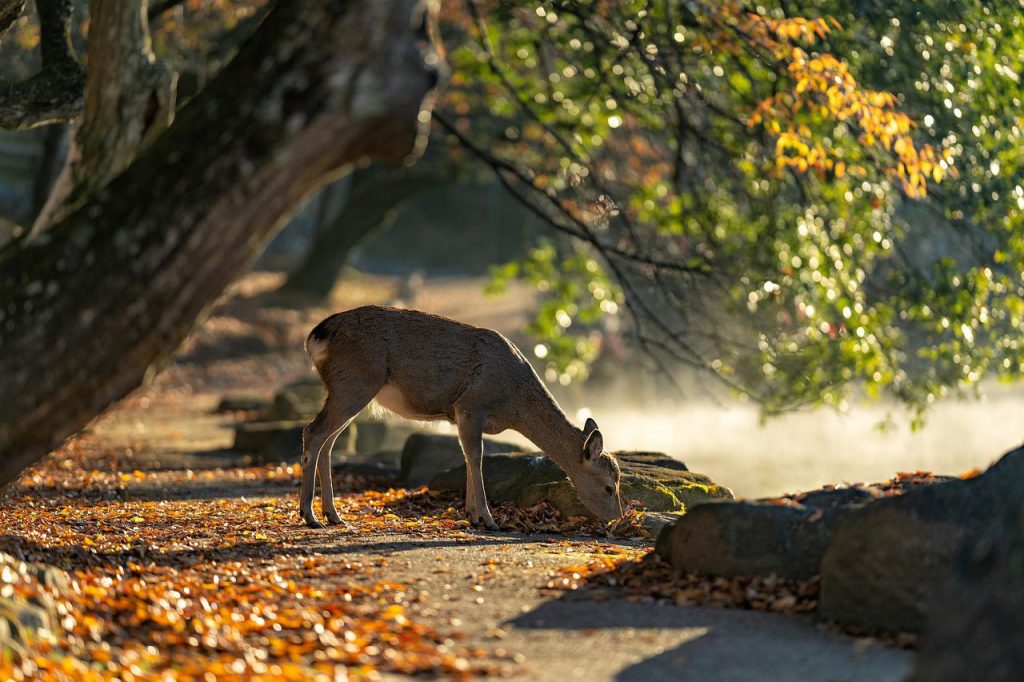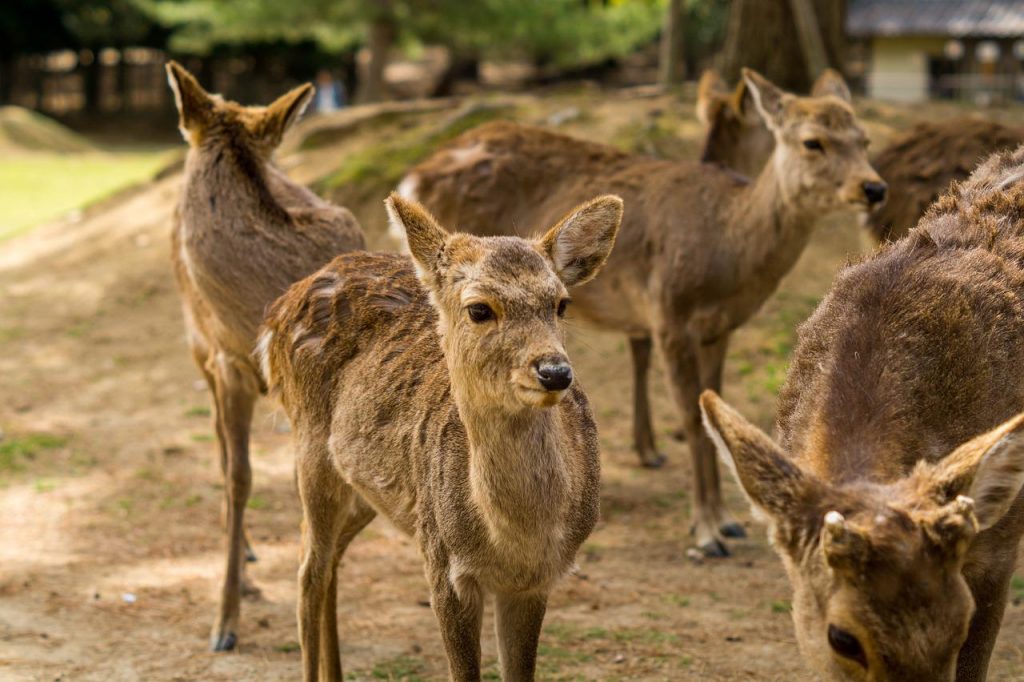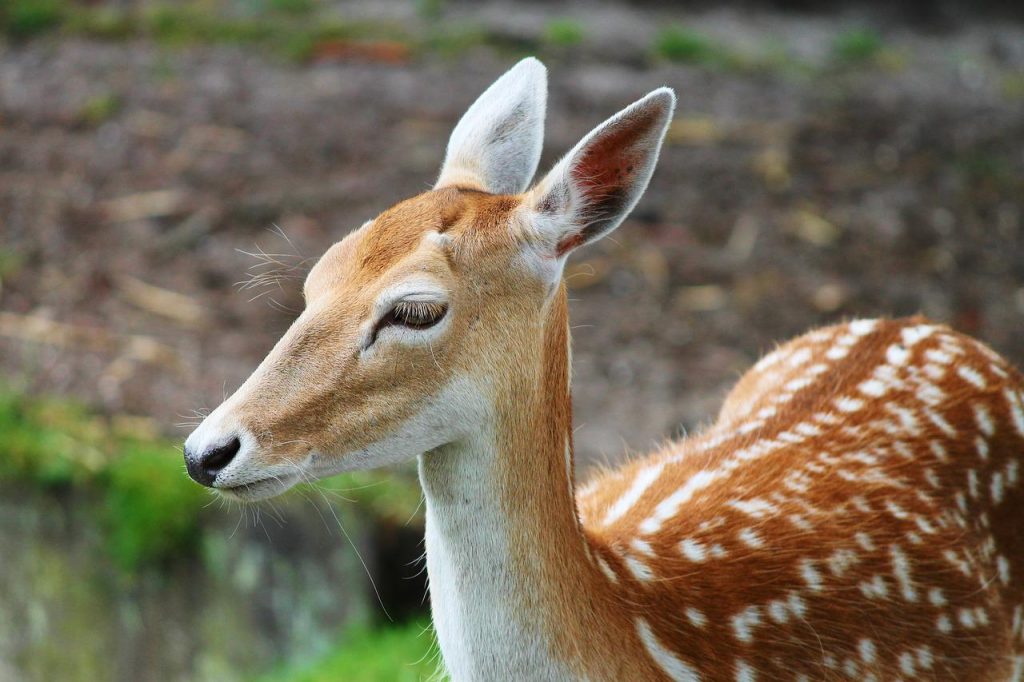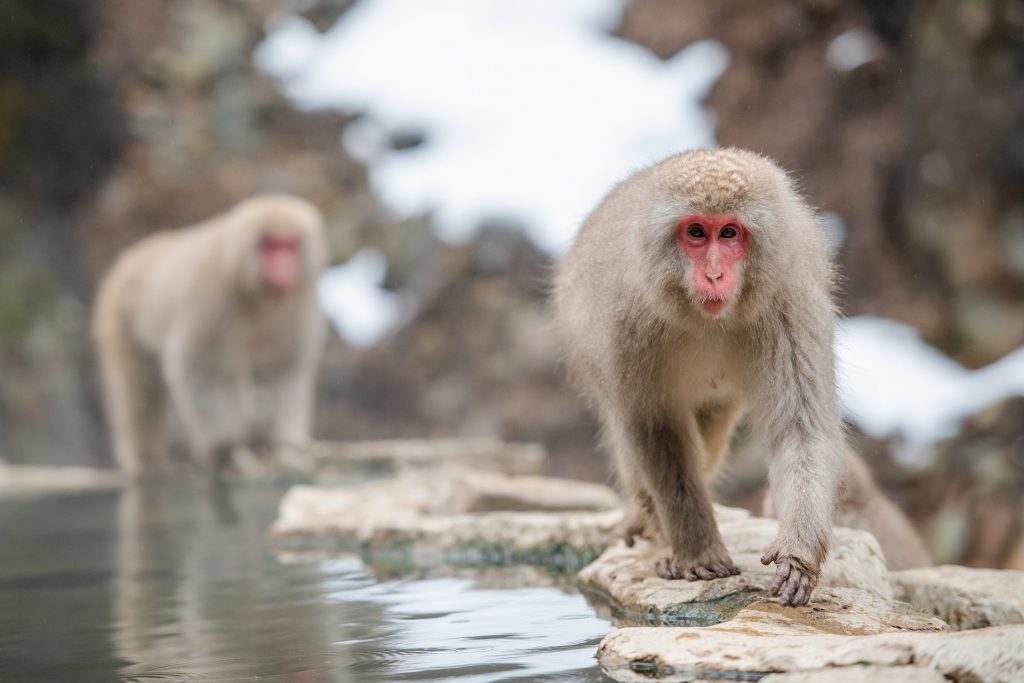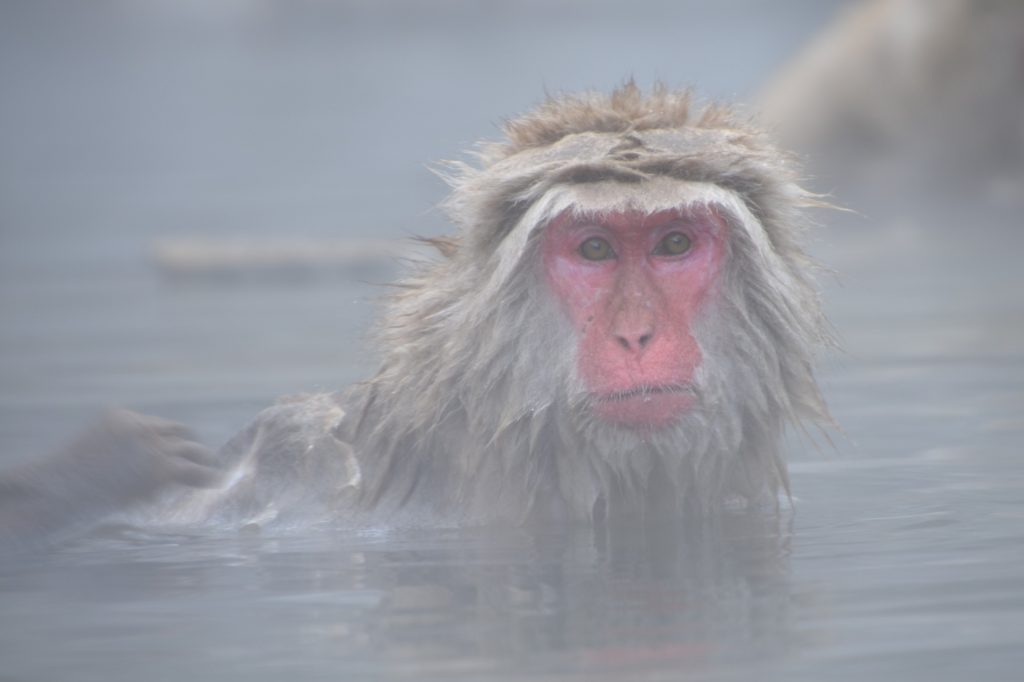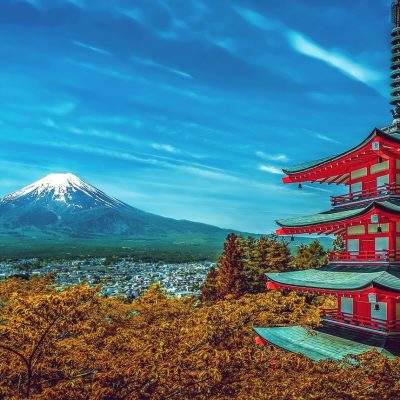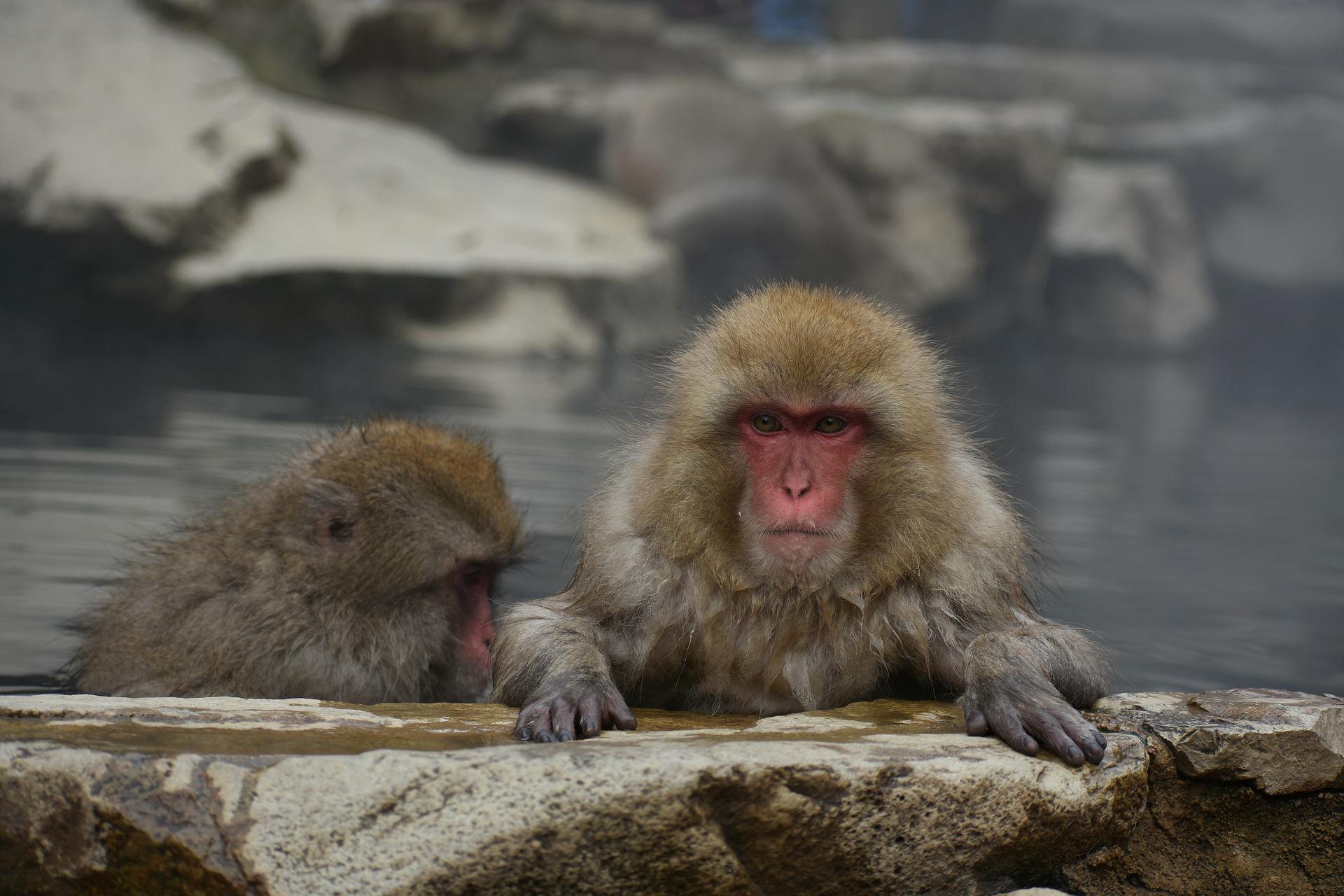
Japan’s Animal Hotspots
Situated in the Northwest of the Pacific Ocean, Japan is a beautiful island country that features a wealth of historical temples and breathtaking scenery. Whether it is the noise and lights of a thriving city, or delicate cherry blossom riding the winds with the backdrop of a majestic mountain, there is plenty to see in Japan; but, perhaps surprisingly, one of the country’s biggest draws for tourism is Japan’s wildlife. Home to a number of fascinating species, Japan is home to many spots where animal lovers can fit right in, getting up close to amazing creatures such as polite deer, one of the largest salamanders on Earth, and an entire island of cats.
The Bowing Deer of Nara Park
Nara Park, located in Nara City, rests at the base of Mt. Wakakusa, boasting a lake filled with turtles and carp (Sarusawa pond), ancient temples and shrines, and beautiful untouched woodlands. Guests can also view the world’s largest bronze statue of the Buddha at Great Buddha Hall, and enjoy watching delicate cherry blossoms scatter across the winds from late March to mid-April. However, the most famous attraction of Nara Park is its population of free-roaming deer.
The 660-hectare park is home to around 1,200 Sika deer, who have become world-famous for bowing to the park’s human visitors. The polite deer seem to bow to travellers after receiving food as if to say thank you, however, this behaviour is actually because the deer are expecting more food in exchange. Guests can purchase ‘a package of special deer crackers from one of the vendors in the park’ called shika senbei (deer crackers), which are nutritionally balanced specifically for the deer. Guests are advised to carefully stow away any maps or papers, as the still-hungry deer may attempt to chew on these once the crackers have run out.
As well as bowing, Sika deer are also known to stand ‘alongside people at intersections between sections of the park, waiting for the crossing lights to change’, and pose for photographers and Instagramers, receiving a shika senbei payment for the perfect photo. Some of the park’s deer will even allow visitors to pet them, but as with all species, this behaviour depends on the individual animal.
The deer at Nara Park are protected with a national treasure status; even local vending machines are decorated with deer-themed decorations and insignia. In Shinto, deer were once considered to be ‘messengers of the gods’, and killing one was punishable by death as recently as 1637. Perhaps this is why Sika deer are still thriving in Japan despite their dwindling numbers in Russia and Vietnam. Nara displays an almost symbiotic relationship between the park and the deer, as the tourism these adorable creatures bring helps pay for the upkeep of the park’s many shrines and temples.
Cat Island
Aoshima, also known as ‘Cat Island’, is regarded as the best cat island in Japan. With just 15-20 people living there, human residents are vastly outnumbered by the 200 felines who have made their home on the island. Aoshima is not Japan’s only cat island, with other islands such as Manabeshima and Tashirojima Island also having large cat populations, but it certainly has the highest number of cats and the most dramatic ratio of feline to human residents.
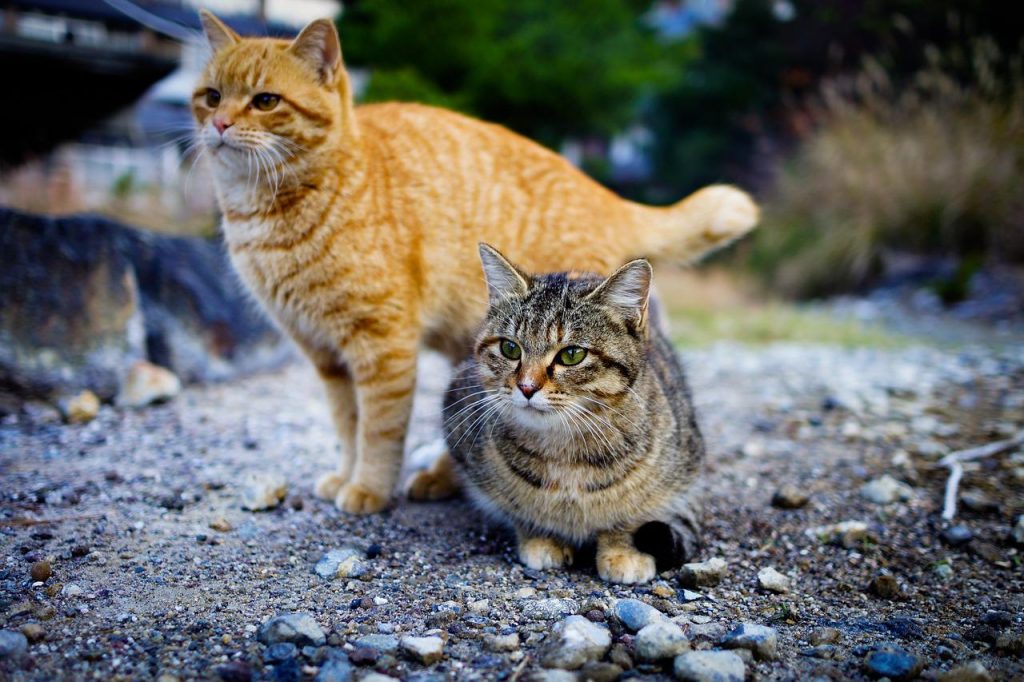
Aoshima became a cat island by mistake. Originally a fishing community, cats were brought to Aoshima to help combat the island’s growing mice problem. Silkworms, which attract mice, were farmed to create silk nets for catching sardines which still fill the coast’s waters today. The island’s fishing activity began to decline with the population, as younger residents moved away to seek other jobs. Consequently, Aoshima is now home to just a few elder residents and is not considered a tourist destination.
There are no hotels or restaurants, meaning that visitors will likely need to bring a picnic lunch or bento box with them, and while guests are welcomed, there is a cap of 34 visitors each day so that tourism causes minimal disruption to the permanent residents of the island. However, those guests lucky enough to visit can enjoy a relaxing afternoon cuddled up to a clowder of friendly cats, offering them treats and pets.
Giant Salamanders
Japan’s giant salamanders are the second-largest amphibian in the world, reaching lengths of 5 feet, these humongous creatures can weigh up to 55 pounds and can live for over 80 years in the wild. Travellers can get up close to these gentle giants with a snorkelling excursion in the shallow rivers located in the mountains – where the well-oxygenated water provides the perfect habitat for giant salamanders. Like most amphibians, giant salamanders do not have fins, and must come to the surface to breathe or absorb oxygen through their skin.
Giant salamanders are considered a ‘special national treasure’ in Japan, as since 1979 the Asa Zoological Park is the only location where these incredible animals have been successfully and continually bred. Visitors can take a tour of the breeding facility in Hiroshima, where water is taken from the mountain streams, perfectly matching the conditions the salamanders need for breeding.
Guests can learn all about the salamanders, with residents ranging from young to old, male to female (although it is difficult to tell them apart except during the breeding season) and with various patterns on their mottled black and brown skin. The males will defend their eggs during the breeding season, and are nicknamed ‘den masters’ as they take a protective stance over their young long after the babies have hatched. Travellers can also view the salamanders in the wild at various natural river habitats that lie in the highlands.
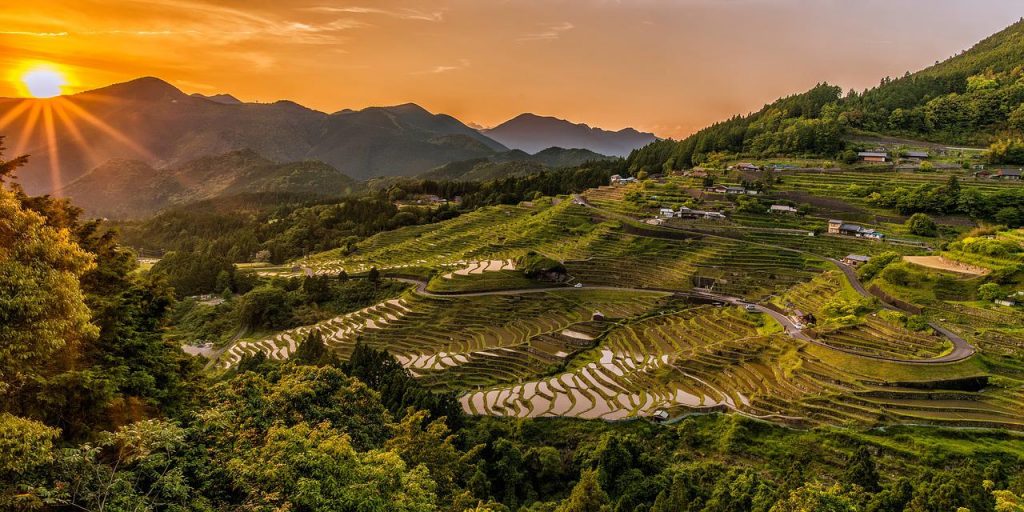
Japanese Macaque
Also known as Snow Monkeys, Japanese Macaques are characterised by their pink faces, short tails and grey and brown coloured fur. Native to Japan, snow monkeys can be found on three of Japan’s four main islands: Honshu, Shikoku, and Kyushu have adapted to tolerate both subtropical and subarctic climates, and have adopted the human-like ritual of warming themselves in the natural onsen baths (hot springs) that exist in the snow-capped mountains. The monkeys have been observed to stretch out their arms and close their eyes as they relax in the volcano-heated water.
The culture of these macaques heating themselves in the hot springs is thought to have begun in 1963, after a Japanese Macaque waded into a bath in pursuit of a rolling apple and discovered that the water was a welcome escape from the cold snow. Since then, the Japanese Macaques have adapted, teaching their young to swim and warm themselves in the onsens. In 1967, Jigokudani Monkey Park built dedicated monkey baths so that humans and monkeys could both appreciate the hot springs without having to share with one another – an experience visitors can still enjoy today.
Japan is home to a unique and diverse array of wildlife that visitors can delight in witnessing, from familiar furry friends on the cat island of Aoshima, to exotic giant salamanders and intelligent macaques. Whether you are looking for a city escape, island-hopping experience or a retreat along a road less travelled, amazing animal encounters await! Visitors can get up close and learn more about these gentle creatures and how their presence weaves into Japan’s history.
“As an animal lover, I am always excited to learn about the wildlife that I may encounter when travelling and have been known to go on slight (and sometimes major) detours in order to spend time with animals that I don’t get to see at home. Because of this, I would love to visit Japan and really interact with the island country's large volume of adorable wildlife.”

